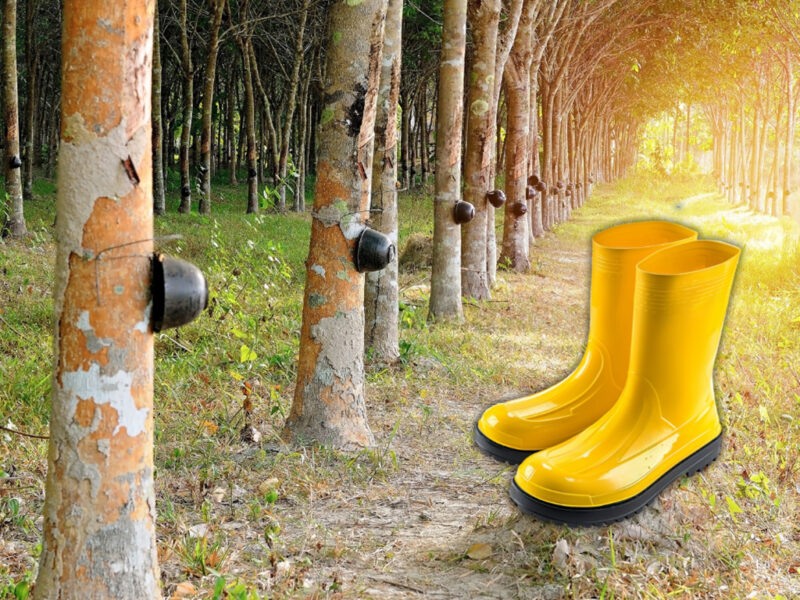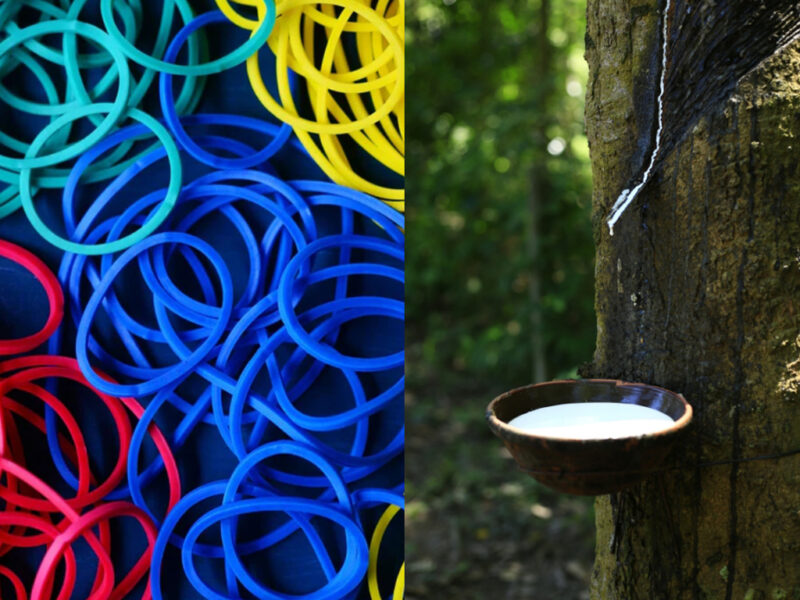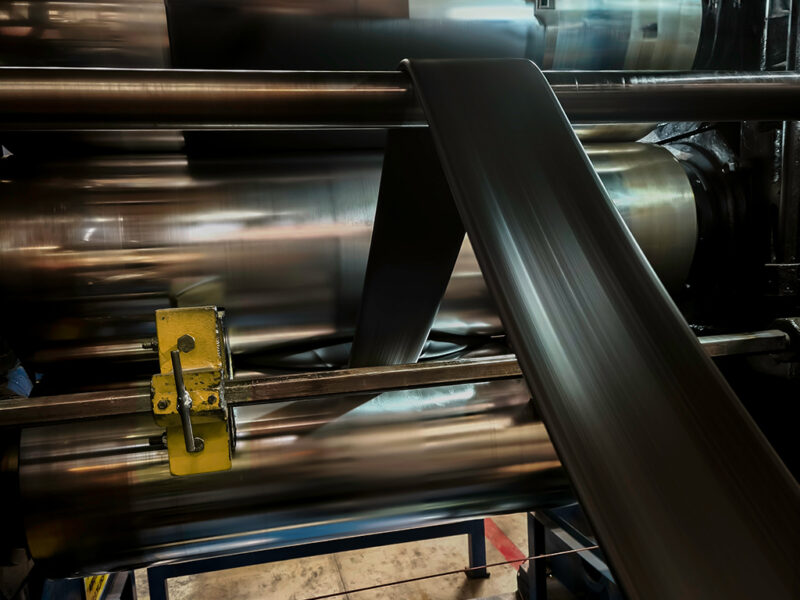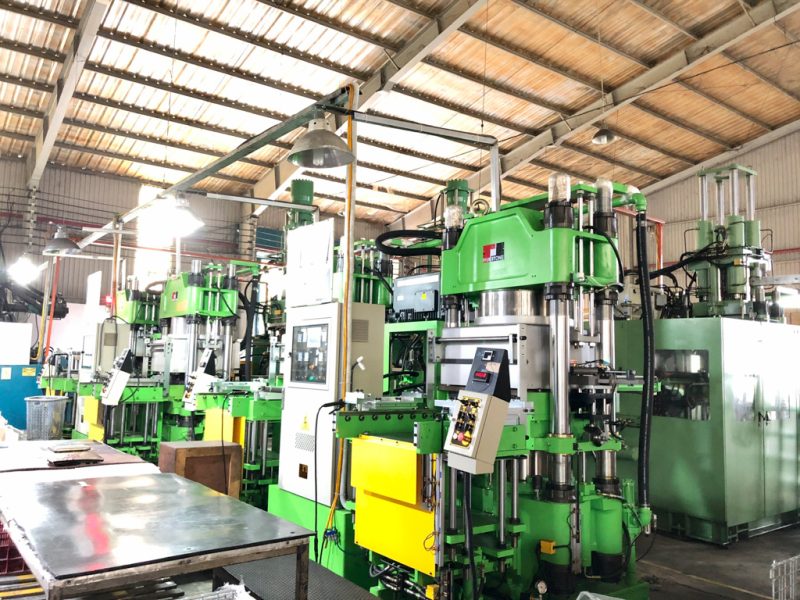
Vietnam is currently one of the world’s largest exporters of NR rubber. With more than 800,000 hectares of rubber plantations, annual latex output exceeds 1 million tons. Natural rubber is not only an essential raw material for domestic industries but also a leading export in the industrial agriculture sector. The following article from Thai Duong Plastics will give you a comprehensive overview of natural rubber NR.
What is NR Rubber and Its Chemical Structure?
NR rubber (Natural Rubber) is an elastomeric material derived from the latex of the Hevea brasiliensis tree. This natural rubber exhibits excellent elasticity, rapid shape recovery, and high tensile strength, making it widely used in both industrial production and consumer goods.
NR is formed through the polymerization of isoprene molecules, resulting in cis-1,4 polyisoprene chains. These molecules have an average molecular weight ranging from 200,000 to 500,000. Besides its main rubber content, NR also contains small amounts of non-rubber substances such as proteins, sugars, and fatty acids. These components enhance its natural antioxidant properties and support a more efficient vulcanization process.

Technical Properties
NR rubber possesses a combination of special mechanical and chemical properties, making it suitable for applications that require durability, elasticity, and shock absorption:
- High elasticity, able to stretch from 700 to 1000% without permanent deformation.
- Crystallizes under tension, increasing tensile and tear strength.
- Good cold resistance, working effectively from -50°C to +70°C.
- Poor resistance to oil and organic solvents; swells easily in gasoline, mineral oils, and aromatic hydrocarbons.
- Prone to aging, sensitive to oxygen, ozone, and light if not properly protected.
- Excellent shock absorption, widely used in vibration damping and dynamic load-bearing systems.
- Resistant to inorganic chemicals, stable in polar environments such as water, dilute acids, and alkalis.
Notable Drawbacks
Despite its many advantages, NR rubber has several limitations:
- Poor durability in oil-rich or organic solvent environments.
- Unstable when exposed to high temperatures combined with oxygen.
- Prone to aging under light and ozone exposure.
- Dependent on natural raw material sources, making it susceptible to climate and seasonal changes.
See also: What is rubber? Popular types and uses
NR Rubber Harvesting and Processing Methods
Natural rubber is produced from latex through a series of technical steps to remove impurities, stabilize the structure, and create finished products that meet standards.
- Step 1: Latex Collection and Filtration
Latex is collected from rubber trees after tapping, then filtered through sieves to remove leaves, soil, and coarse impurities.
- Step 2: Coagulation
The latex is poured into tanks and acid (usually formic acid) is added to precipitate the rubber into solid blocks.
- Step 3: Milling and Shaping
The coagulated rubber is passed through multi-roller mills to remove water, clean, and form sheets or strips of even thickness.

- Step 4: Drying or Smoking
The rubber is dried using hot air (for TSR) or smoked (for RSS). This process stabilizes properties and preserves the rubber.
- Step 5: Grading and Packing
Finished rubber is graded visually or by technical standards, then packaged as bales or blocks for transport.
Vulcanization and Processing
To be used in practice, NR must undergo vulcanization to create cross-links between polymer chains.
- The most common is sulfur vulcanization, using about 2-3 phr sulfur and 0.2-1.0 phr accelerators.
- Other vulcanization systems, such as peroxide or irradiation, are used for products requiring high heat and chemical resistance.
- With sulfur content above 30 phr, NR can become hard rubber (ebonite), a material resistant to chemicals and heat, used in harsh environments.
Popular Types of NR Rubber and Practical Applications
Natural rubber NR comes in many commercial forms, each suited to specific manufacturing processes and uses:
Ribbed Smoked Sheet Rubber (RSS)
Produced from coagulated latex, milled into sheets and smoked for preservation. Classified from 1RSS to 5RSS, used for tires, mats, shock absorbers, and technical products.
Crepe Rubber
- White crepe: Pure, used for gloves and medical products.
- Brown crepe: For heavy-duty industrial applications.
- Mixed crepe: Combination of white and brown, used for general products.
Concentrated Latex
Centrifuged or creamed to increase dry rubber content (about 60%), used in gloves, condoms, hoses, adhesives, foam, etc.
Technically Specified Rubber (TSR)
Dry rubber produced to standards such as SMR, SIR, TTR, SSR, etc. Available in granule or bale form, used for car tires, gaskets, seals, and technical components.
Modified NR Rubber
- ENR (Epoxidised Natural Rubber): Improved oil resistance, air-tightness, and adhesion, used in automotive, waterproofing, and technical adhesives.
- NR-graft polymer: Increased hardness and heat resistance, used in high-tech and industrial adhesives.

NR rubber is an elastomeric material that plays an important role in many modern industries, thanks to its high elasticity, flexible processability, and stable performance. While it has some limitations, with appropriate vulcanization and modification technologies, natural rubber remains a preferred choice for technical, consumer, and sustainable export applications.
Reference: Top reputable technical rubber manufacturers in Vietnam
